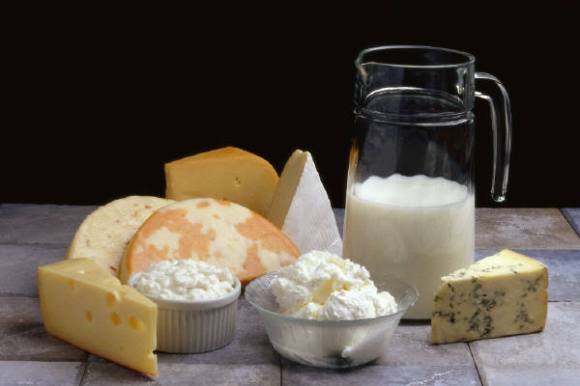I love any type of juice in the morning- grape, orange, apple, cranberry, punch. It gives me that quick energy that I need to jump start my day. Juice is naturally high in carbohydrates and calories, and also some antioxidant vitamins such as C and A which help the immune system, promote heart health, and prevent cancers. Citrus juice has B vitamins and minerals such as potassium which promote nerve and muscle health. Some juice products are fortified with calcium and vitamin D which are helpful to bones and teeth. Juices such as grape juice have other antioxidants and phytochemicals which are anti-inflammatory and can also promote healthy cardiovascular systems and prevent some cancers.

As someone who lives with type 1 diabetes, juice can also be helpful to have around in case I have a low blood sugar. With that in mind, I have to be especially mindful of serving sizes when I drink juice because it could also cause a spike in my blood sugar if I don’t take enough insulin. Most juice has about 30-40 grams of carbohydrate per 8 oz serving. 8 oz doesn’t look like much in today’s mega-glasses, many of which can easily hold 32 ounces! I normally will try to use an 8 oz glass when pouring juice. In addition to being high in carbohydrates, juice is also acidic, which is especially problematic for tooth decay. Experts recommend not brushing teeth until at least an hour after consuming acidic products.
Not all juice is created equal. Most experts recommend drinking 100% juice because vitamins and minerals are higher. However 100% juice is also high in fructose, naturally found in fruit. Many juice cocktails on the market have fewer carbohydrates since they contain added sweeteners and are still fortified with vitamins. Be sure to read labels when shopping for juice.
Fruit juice lacks an important nutrient found in whole fruit- fiber. Fiber helps the digestive system, lowers cholesterol, promotes a healthy colon, lowers blood sugar spikes, just to name a few benefits. Eating an orange or an apple will give you the fiber and also the juice!
Parents should be careful not to introduce juice too early to their children. The sugar in juice can be harmful to teeth, and too much can contribute to childhood obesity. Kids should get used to drinking water, low-fat milk, and other low-calorie products. Parents can also look for lower calories juice products.
Consider other alternatives to juice such as:
Fruit infused water or herbs
A splash of juice in a spritzer
Lemon infused water, with some honey or sweetner
Tea
Author: Dan Remley, MSPH, PhD, Associate Professor and Field Specialist, OSU Extension
Reviewer: Alisha Barton, Family and Consumer Sciences Educator, Ohio State University Extension, Miami County, barton.345@osu.edu
Sources:
WebMD: Juices, the Best and Worst for Your Health. Retrieved on 9/8/20 from https://www.webmd.com/diet/ss/slideshow-juice-wars
WebMD: Choose Fruit Wisely. Retrieved on 9/8/20 from https://www.webmd.com/diabetes/features/fruit-diabetes-sugar
Remley, D. Nutrition and Dental Hygiene: Myths versus Facts. Retrieved on 9/8/20 from https://livehealthyosu.wordpress.com/wp-admin/post.php?post=12050&action=edit




 If you are like a lot of people, you’ve probably spent some time standing in front of the yogurt section of the dairy aisle, wondering what kind of yogurt to purchase. There are so many options to choose from that it can literally feel a little overwhelming. How is Greek yogurt different from regular yogurt? Is it worth the extra expense? Let’s take a look.
If you are like a lot of people, you’ve probably spent some time standing in front of the yogurt section of the dairy aisle, wondering what kind of yogurt to purchase. There are so many options to choose from that it can literally feel a little overwhelming. How is Greek yogurt different from regular yogurt? Is it worth the extra expense? Let’s take a look.




![MH900402318[1]](https://livehealthyosu.files.wordpress.com/2012/10/mh9004023181.jpg?w=300)
